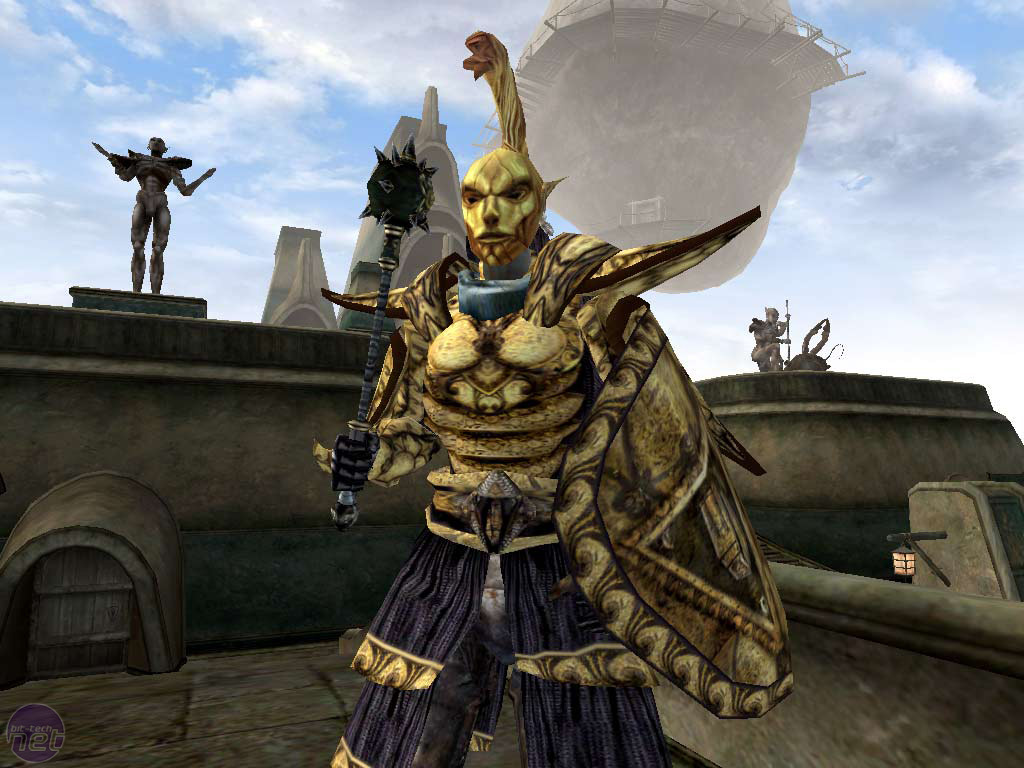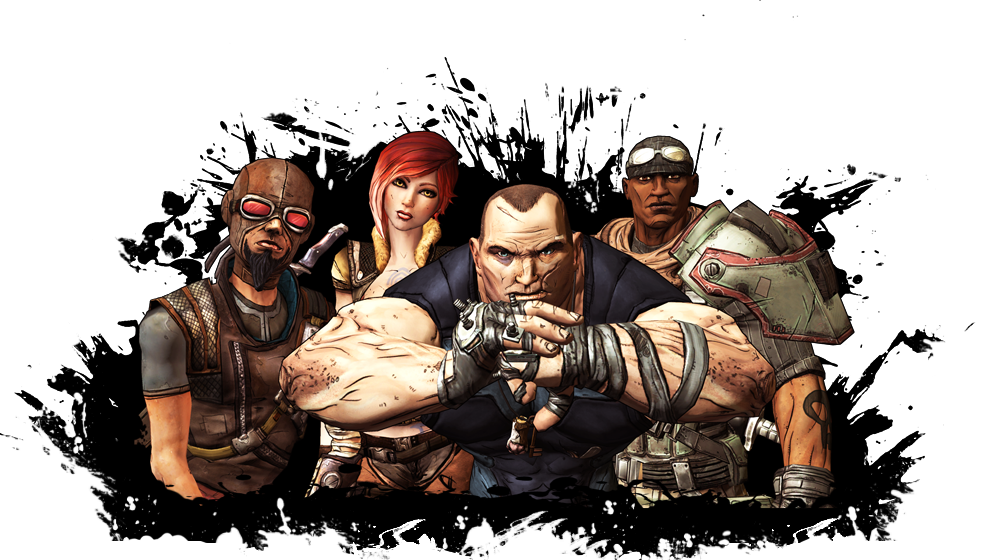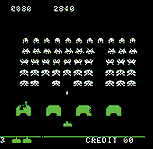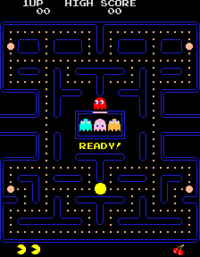As some who enjoys playing video games it would be assumed a
review is the first place to go for an overview of what to play... How wrong
that is. I dislike reviews with a passion. Although I understand how an
individual can have an unsure view on a game, and that it can be calmed by the opinions
of others, I think that there are too many factors coming into some ones
personality which could adjust their view on the game, despite what anyone else
says about it. Also, by the time you come to decide whether to play a game or
not I’m pretty sure you have to brain capacity to make your own opinions though
a simple search into game play, or any other factors you look for in a game. If
an individual allows a review alone to sway their opinion on a game then it’s
mildly pathetic… but that’s just my opinion. Ironic how I find myself in a
state of reviewception.
Although I don’t necessarily agree with the concept of
making money off of something that can be formed yourself, I can see how it can
be a painstaking task. With 19 working days to put together a review magazine,
at least sixty thousand words has to be written to fill about 150 pages – this being
the stage after researching, with the rush to fulfil the demand leaving little
time to contemplate anything. I guess this wouldn’t be so difficult to manage if
it wasn’t for budget cuts and companies laying people off in an attempt to save
money. They rely on the ego of humanity, how courting individuals with content
for them to write about not only gets their jobs done, but is done easily as
favourable coverage for anyone wanting to get their games out there. An example
of this being the game ‘Uplink’ in 2001, how it went from being a small,
bedroom programmed indie game to being sold in store thanks to some kind
reviews, and lead to further development in being ported to Mac and translated
for over-sea audiences. This is also
seen today with the game ‘Limbo’, a small indie game that originally could only
be purchased online that can now be found in stores.
Many reviews go on a ranking system for games, focusing on a specific number out of 10. I've experienced enough objective ranking through entering competitions for tae kwon do to know how it’s a medicore way of grading and placing things into an order of what’s “hot” and what’s not. The ranking lacks any form of personal contribution, as well as standardisation and doesn't consider so many outstanding factors making it a lazy way of placing something into a category. It’s not necessary in the gaming industry, or so I wouldn’t say anyway, as games have different genres, styles, stories and game mechanics. Not to mention the different opinions from different review companies - reviews are too subjective to add an objective ranking system.
Many reviews go on a ranking system for games, focusing on a specific number out of 10. I've experienced enough objective ranking through entering competitions for tae kwon do to know how it’s a medicore way of grading and placing things into an order of what’s “hot” and what’s not. The ranking lacks any form of personal contribution, as well as standardisation and doesn't consider so many outstanding factors making it a lazy way of placing something into a category. It’s not necessary in the gaming industry, or so I wouldn’t say anyway, as games have different genres, styles, stories and game mechanics. Not to mention the different opinions from different review companies - reviews are too subjective to add an objective ranking system.
The term ‘NGL’ was coined in 2004, and it refers to reviews in which personal anecdotes, references to
other media, and creative analyses are used to explore game design, play, and culture.
This increased the personal feel to the reviews, throwing away the rules of standard journalism such
as the attempt to objectify creative outputs and focusing on the single,
subjective experience of an individual. Although I don’t necessarily agree with
the objective ranking of video games, I feel an entirely subjective, emotionally
based review isn’t necessarily the best path forward. A variety in the quality
of writing could reflect badly on a game due to something like an emotional, overly
personal input – for example a negative review on a game could come about solely
due to the online community.
My own writing style, other
than being close to non-existent, varies somewhat. I don’t necessarily know
what I prefer, as both subjective and objective styles have pros and cons.
Subjective is solely too opinionated, and although I do prefer it as it does
account to being an actual human being, I honestly don’t see the point as
opinions vary too much to allow anything to be taken seriously, or even
considered due to the fact a lot of individuals like to see their subjective
views as stone cold fact – or so I feel anyway. Objective is too narrow, categorising
and removing any form of emotional stimuli focusing around a game - and more than likely a game will gain an emotive response turning
it into an “it looks pretty 10/10 would play again” response. However, it allows a simple overview, covering each mechanic within the game in a systematic and understandable way. Nothing like
being awkward and valuing both and neither styles at the same time, and there's nothing like boring someone with a wall of text.
Reviews can come in other forms than written, with the rise in websites such as YouTube it isn't rare for you to stumble across reviews such as the one above, which take an objective style however using comedic imagery to attempt to prevent the video from being too boring, this being a style that would be difficult to recreate in a written review due to the relevancy of each image used being lost, or the flow being lost due to it needing to be explained. However, video reviews such as the one above still lack the standardisation of an objective scoring system, giving a 7/10 - which could be reviewed as an average score.






















